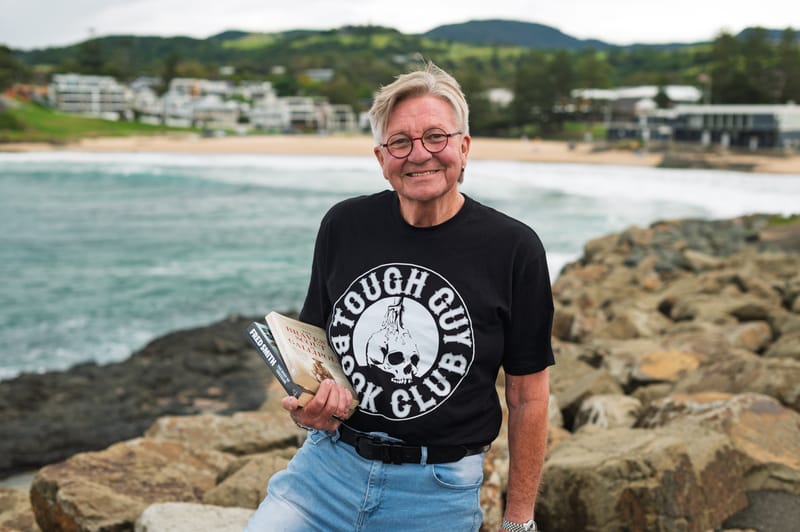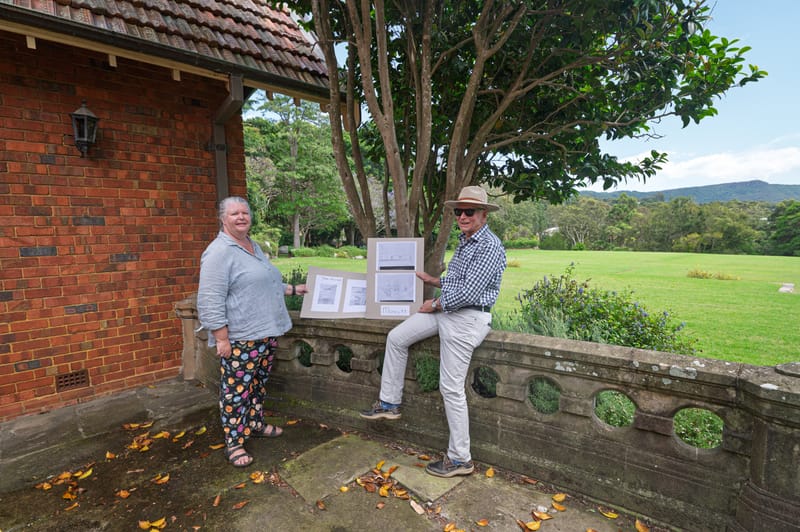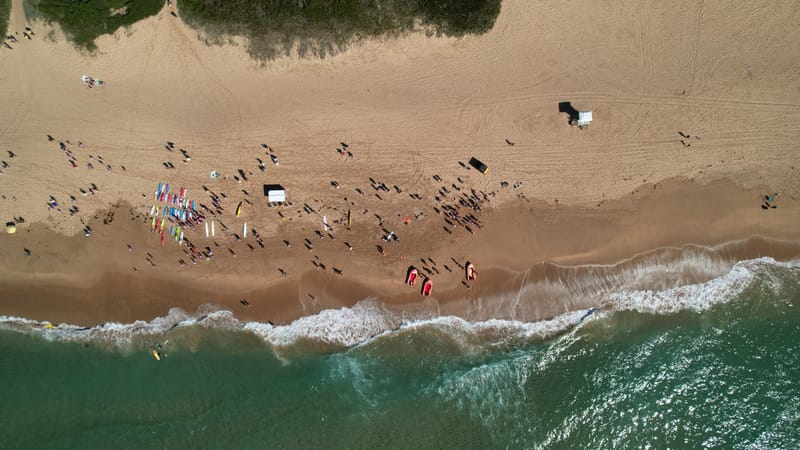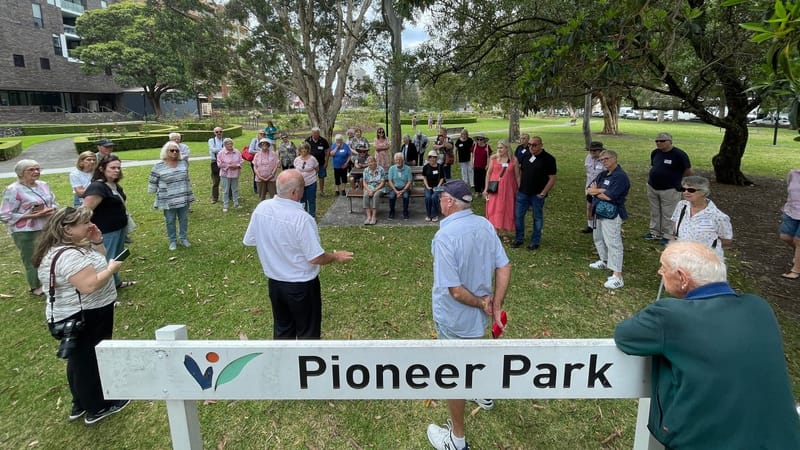Who said what in over 200 submissions on coal mining in water catchment
Feedback on a State Significant Development that proposes more coal mining in the catchment is in, with over 200 submissions on Peabody’s plans for Helensburgh’s Metropolitan Mine published on the NSW Planning Portal.
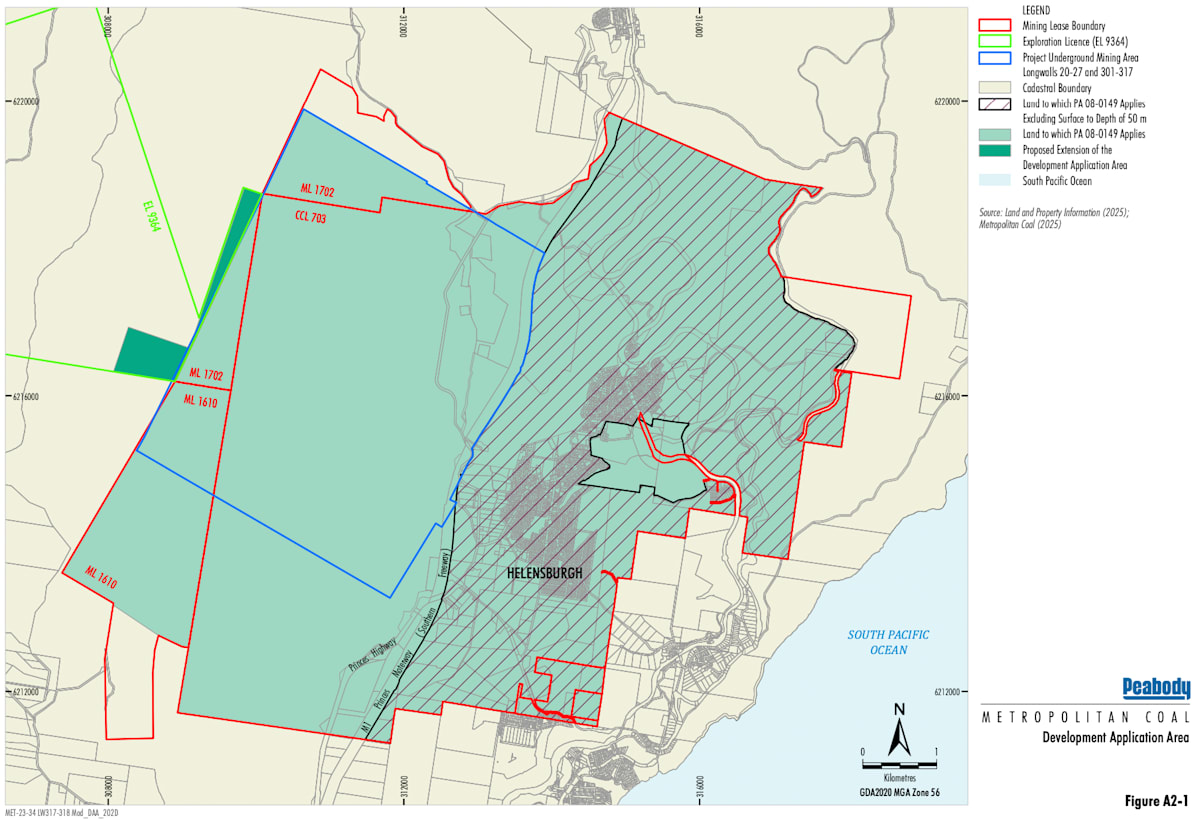
Feedback on a State Significant Development that proposes more coal mining in the catchment is in, with over 200 submissions on Peabody’s plans for Helensburgh’s Metropolitan Mine published on the NSW Planning Portal.
In its advice, WaterNSW – the state-owned corporation charged with keeping drinking water safe – has warned that water quality and quantity are at risk, the mining company's ecological assessments “cannot be relied upon” and Aboriginal concerns have been “disregarded”.
In a letter from Rob O’Neill, WaterNSW’s acting executive manager of strategy and performance, the corporation examines the potentially serious and irreversible impacts of expanding coal mining in the Woronora Special Area, part of the Greater Sydney catchment.
Damage to upland swamps, for example, may result in “persistent” water losses and water level declines, WaterNSW says.
“Complete avoidance of mining beneath Swamp S106 is the only effective protection,” its report says of one vulnerable and significant swamp, adding that “impacts might materialise after it is too late to mitigate”.
In addition to highlighting threats to safe and reliable drinking water, WaterNSW also criticised the US miner’s ecological and cultural assessments.
Its five-page response is studded with some of the strongest terms known to bureaucracy. On water quality conclusions, it says “WaterNSW disagrees”; on impact assessments, it calls out a “lack of robustness”; on aquatic ecology, it slams the “omission or insufficient assessment” of threatened and near-threatened species, such as the platypus, Littlejohn’s Tree Frog, and rare dragonflies.
On cultural heritage, with 25 sites at risk of subsidence, WaterNSW supports the Illawarra Local Aboriginal Land Council’s concerns. “Importantly, this includes that the proposed Modification will result in irreversible damage to Country itself,” its report says.
In its review, Water NSW finds “the predicted impacts are inconsistent with the Mining Principles” – which stipulate that “all mining activities must have a neutral or beneficial effect on water quality”.
The partial owner and joint manager of the catchment’s Special Areas, WaterNSW also sounds the alarm on “cumulative impacts”. "Any opportunity to prevent any further impacts should be actioned," it says.
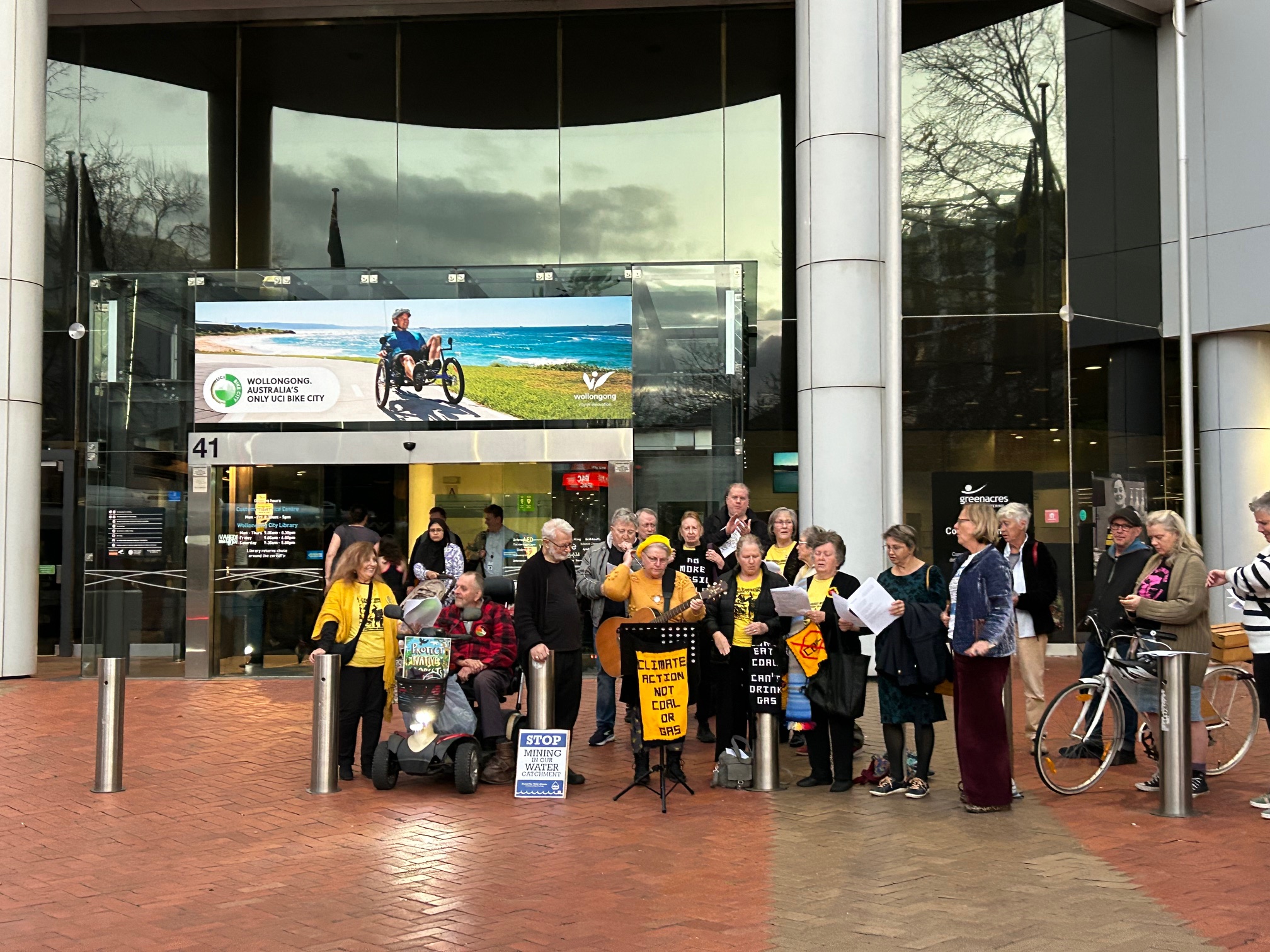
Woronora supplies 8500 people in Wollongong LGA
Public feedback on this State Significant Development closed on August 26, the day after a Labor versus Greens debate at a Wollongong City Council (WCC) meeting, where Cr Deidre Stuart’s motion for an objection was lost. Council staff had already shared their view in an earlier submission and the majority Labor councillors supported elected representatives making “individual, personal submissions”.
Of the 216 submissions the NSW Government has published, 75 support and 140 are opposed to Modification 4, which is to reconfigure Longwall 317 and add new longwall 318 at Helensburgh's Metropolitan Mine.
Only Wollongong Council's submission is labelled as "comment".
Those opposed to plans by Peabody – recently fined more than $500,000 for pollution events in 2022 – have shared three key concerns: water security, environmental loss and damage to Aboriginal heritage.
Both the longwalls – which the Mining and Energy Union (MEU) says would extend the Helensburgh mine’s life by two years “until 2031 as opposed to premature cessation of operation in 2029” – lie in the Woronora Special Area. Water security here is of special interest to residents of 2508, Wollongong’s northernmost postcode, who rely on the Woronora Dam for their drinking water.
In the Wollongong Local Government Area (LGA), about 8500 people in Helensburgh, Otford, Stanwell Park and Coalcliff are supplied by Woronora Water Filtration Plant (WFP).
While Woronora Dam is the only water supply to Woronora WFP, the Woronora and Prospect WFP supply networks are interconnected to ensure a reliable supply for Sydney Water customers, even if the dam is taken offline.

Sutherland Shire Council objects
After its councillors unanimously resolved to object at an August 18 council meeting, Sutherland Shire Council (SSC) filed an objection, saying it was “not satisfied that the proposed modifications will safeguard the long-term security” of its residents’ water supply.
Up to half a million people in the Shire may receive some water from the special area. The Woronora Water Filtration Plant supplies drinking water to about 105,000 people across its network, with a further 145,000 residents in the Sutherland Shire receiving a blend of drinking water from Woronora and Prospect WFPs. On occasion, up to 265,000 additional people can also receive water from Woronora WFP when the network is reconfigured, according to Sydney Water data.
In its submission, SSC writes: “Council has a long history of opposing mining within the Woronora Special Area, beginning with our submission to the original 2008 application. Many concerns raised in that submission have now materialised, including subsidence impacts to swamps and waterways, and increased pressure on water quality.”
Among SSC’s concerns are the modification proposal’s implications for the future, including the mine expanding beyond the current approval boundaries.
Sutherland Council was critical of Peabody’s “reactive approach” in remediation, citing streambed cracking in Waratah Rivulet and Eastern Tributary; groundwater impacts affecting threatened ecological communities; and an overflow incident involving coal fines and sediment contaminating Camp Gully Creek and the Royal National Park.

In conclusion, Sutherland’s Director of Planning, Stewart Rodham, writes: “The Metropolitan Coal Project is having an impact on the Woronora Special Area. The full extent of these impacts may not yet be revealed. If the state’s drinking catchments are not safe havens from impact, what areas are?”
Objections also came from the National Parks Association, Lock the Gate Alliance, Protect Our Water Alliance, the Shire Climate Action Network, the Sutherland Shire Environment Centre, and Wollongong’s Tomorrow Movement.
While Wollongong Council’s submission is marked as “Comment”, staff share clear views on environmental and Aboriginal heritage impacts and the report uses the phrase "Serious and Irreversible Impacts" so many times it warrants its own acronym (SAII).
WCC warns of SAII on 13 entities, including the Slaty Leek Orchid, Sublime Point Pomaderris, and Bauer’s Midge Orchid. WCC recommends “significant weight” be given to the Illawarra Local Aboriginal Land Council’s submission, noting that 29 known cultural sites could be affected, including 14 rock shelter sites with rock art and one rock engraving.
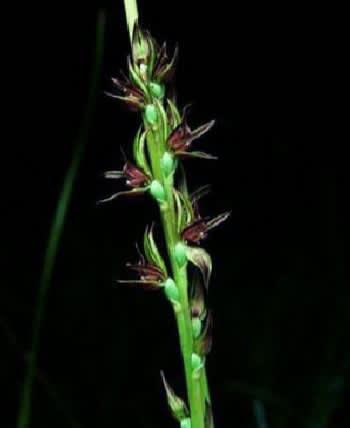
Union supports 'two more years of certainty'
The Metropolitan Mine produces steelmaking coal and Peabody says that it supports 400 jobs, spends $217 million with suppliers and contributes $324 million annually to NSW’s economy.
The MEU South Western District submission described the longwall modification as a “sensible response to discovered geological challenges” and supported its approval to give “the opportunity to provide an additional two years of certainty to 400 local families”.
BlueScope – which employs about 3,000 full-time workers at its Port Kembla Steelworks – also supported the modification, noting the “critical Importance of Local Metallurgical Coal Supply for the ongoing production of iron and steel at the Port Kembla Steelworks”.
“Currently Metropolitan supply around 25% of BlueScope’s overall metallurgical coking coal requirements with 1 seam (Bulli seam) metallurgical coal used for cokemaking at Port Kembla,” BlueScope’s submission reads.
Port Kembla Coal Terminal also cited commercial reasons for the expansion, saying: “Metropolitan Mine is a critical customer, accounting for 18–22% of PKCT throughput, and its continued operation is essential to maintain terminal viability.”
Among the objections, 37 were marked “name withheld”, including several from Queensland.
Next steps
The SSD proposal is now at the "Response to submissions" stage. The next three phases will be: Assessment, Recommendation and Determination.
The NSW Planning Portal page states: "This project is a controlled action under the Environment Protection and Biodiversity Conservation Act 1999 and will be assessed under the bilateral agreement between the NSW and Commonwealth Governments, or an accredited assessment process."
For more information, visit the NSW Government's website.
Read more
Who knew? Locals question quality of consultation on mine modification
Ex councillor challenges ‘double standards’ after mining in the catchment debate
Cracks show in debate over coal mining in water catchment
8/09/2025: This article was updated with additional photos.


